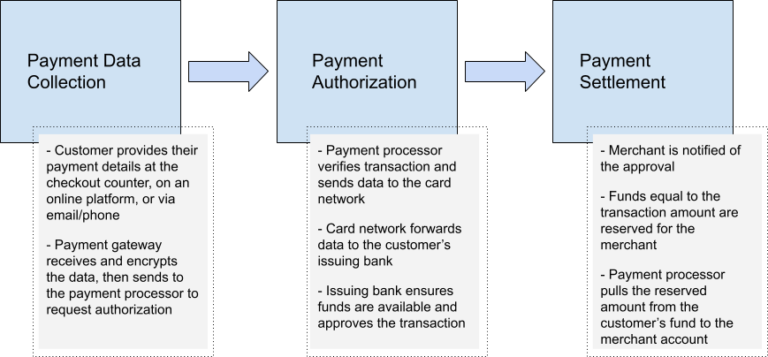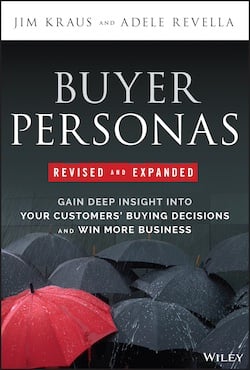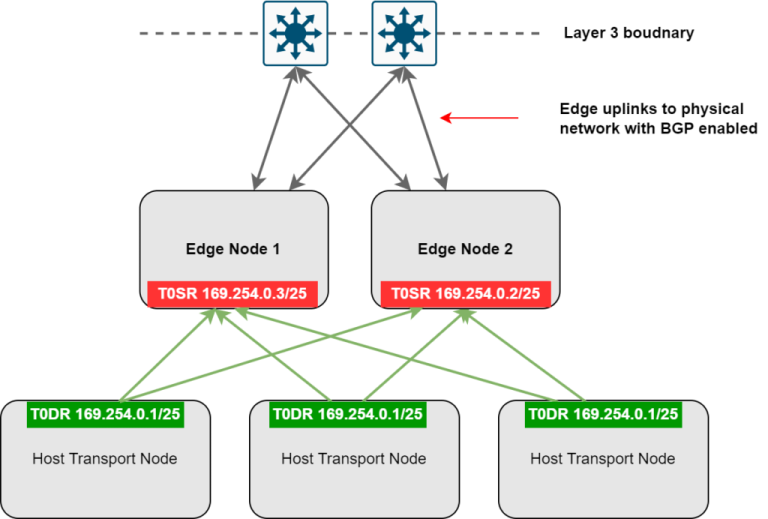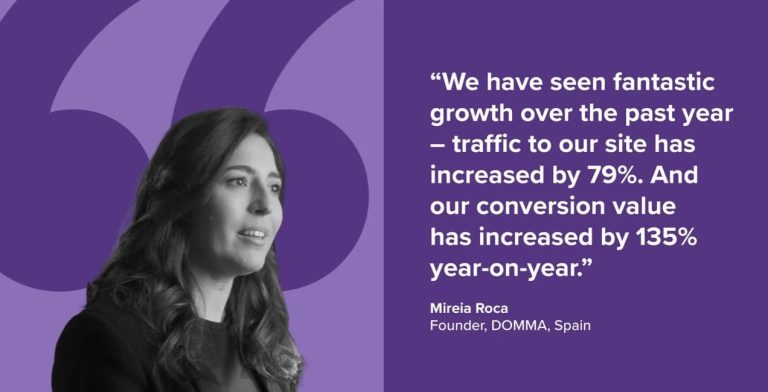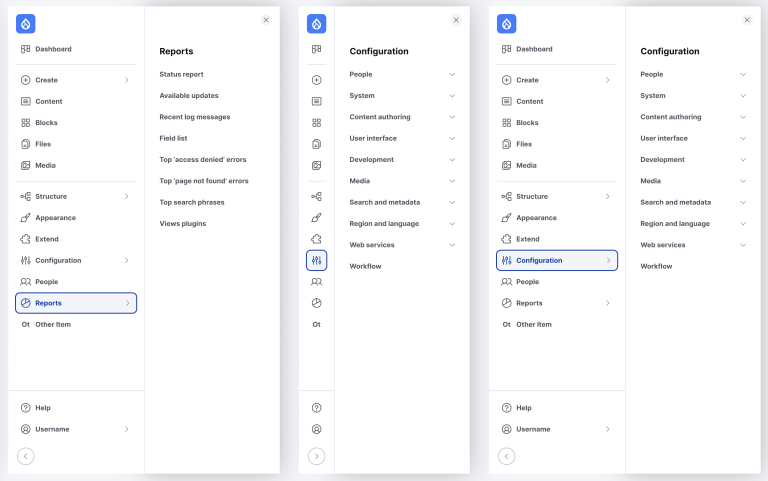Key takeaways
What is an EAP?
Employee assistance programs are a type of employee benefit that provides confidential services to employees with personal challenges that can impact their work performance and individual wellbeing. EAPs enhance your employee benefits by filling in gaps such as financial services and referral services that health insurance and employee wellness programs may not cover.
One core function of EAPs is to promote better mental health in the workplace by providing access to relevant resources and short-term counseling. For example, employees enrolled in an EAP can use a set number of covered counseling sessions. However, there are limitations on these services, so it’s important to remember that EAPs are not a substitute for comprehensive insurance options with mental health coverage.
EAPs can play a role in addressing many top HR concerns such as employee retention, workplace safety, and recruiting. Whenever you improve your employee benefits package with new offerings, that can help your organization stand out to job seekers. Employee’s mental health and ability to navigate personal challenges also directly impact their personal productivity, how they interact with peers, and the overall workplace culture.
What does EAP coverage include?
Each employee assistance program will offer a different set of benefits, but you can expect to find the following services in most well-rounded EAPs:
- Mental health care: Covering short term counseling, providing assessment and referrals for additional services such as treatment programs/facilities.
- Dependent care: Assistance in finding local child care or elder care resources. Some employee assistance programs also allow dependents to access all or some of the other EAP services provided to employees.
- Financial services: Assistance with financial planning, budgeting, loan consolidation, and other fiscal needs.
- Substance use treatment: Assessments, counseling, and referrals to treatment options for employees struggling with substance use.
- Critical incident response: Support in recovering from critical incidents such as unexpected deaths, workplace violence, accidents, and other traumatizing events.
- Family and marriage services: Many EAP providers support employees and their families via marriage and family counseling, adoption support, family planning, and funeral planning.
- Legal services: EAPs can provide support for a wide range of legal concerns from rental disputes to estate planning.
Benefits of employee assistance programs
EAPs provide major benefits for businesses and employees. Explore the main EAP benefits below.
Promoting better mental health in the workplace
EAPs make mental health support more easily accessible to employees. Implementing and promoting your EAP can also help showcase that your organization cares about mental health and reducing the stigma of getting help.
Mental health struggles or outside stressors in an employee’s personal life can also cause a decrease in productivity, so there is a business value in prioritizing mental health access as well. In Transamerica Institute’s 2023 study, 63% of employers said that employee mental health was negatively impacting their company, with top concerns being productivity, attendance, turnover, and a dysfunctional work environment. By normalizing getting help for mental health concerns and making support accessible, employers can help workers feel and perform their best.
Reducing absenteeism
Unhappy employees or those who are struggling with personal challenges are likely to be absent more frequently. EAP provider ComPsych found that in 2023, mental health-related absences were up by 33% and mental health-related leaves of absence were up 300% compared to the prior year. By supporting employee mental health and other personal needs with an EAP, you can reduce these absences and maintain a more present and productive workforce.
Boosting recruiting and retention
Employer benefits offerings are major factors employees consider when weighing whether to join or stay with a company. Moreover, Gallup found that employees who feel that their employer cares about their wellbeing are 69% less likely to look for a new job. Making an EAP available and actively encouraging employees to use it can showcase your commitment to your team’s wellbeing and reduce turnover.
Minimizing the risk of workplace violence and safety concerns
EAPs support workplace safety by providing support to employees who are experiencing substance use or mental health challenges among other risks. Additionally, an EAP’s crisis intervention and addiction recovery services could prevent an incidence of workplace violence or a drug- or alcohol-related vehicle or machinery accident. In case a traumatic event or accident does occur at work, EAPs can also help employees and teams by extending support to navigate its aftermath.
Disadvantages of employee assistance programs
While EAPs can do a lot of good for employee well-being and business productivity, there are a few drawbacks to keep in mind.
Cost
Whenever you add an additional employee benefit, there will be a cost attached. The average annual cost ranges from $10 to $40 per employee per year, and will vary based on the type of EAP provider that you choose. This is a relatively low investment for an employee benefit when you consider that the average employer contribution for family health benefits is $23,698 per year, according to KFF’s 2023 Employer Health Benefits Survey. However, an EAP is an added cost that may not be worthwhile if you already offer a group health insurance plan or other benefits that impact employees in similar ways.
Low utilization rates
Only a small percentage of the employee population will actually take advantage of EAP services: Mental Health America reports that EAP utilization hovers around 4% annually. It can be difficult for small businesses to justify diverting funds for a benefit program that most people won’t use rather than benefits with higher utilization, such as health plans or wellness stipends.
Low utilization can occur for several reasons. Of course, some employees may not have a need for EAP services within a year, but it often comes down to awareness and privacy concerns. If you don’t educate employees on coverage opportunities, they will not know how it can help them or may have difficulty properly accessing EAP support.
Employees may also have privacy and confidentiality concerns about accessing counseling or personal services through an employer-sponsored program. There’s still a stigma around accessing mental health care, and many of the other services like legal aid and financial planning also involve private information, so it’s understandable that employees may want to keep that private from their employers.
EAPs are only a short-term solution for mental health
Most EAPs only offer short-term counseling support, often capped at six sessions per year. This generally will not be adequate to address larger mental health concerns or long-term, ongoing issues like depression or grief.
The other issue is that the counselors that employees are referred to through EAPs often don’t accept the employees’ health insurance. This inhibits the continuity of care for employees who do need additional sessions beyond the number allotted by the EAP. Building trust and a relationship with a mental health counselor can take time, so having to abruptly switch providers is disruptive to the employee’s progress and healing.
EAP models
There are several EAP models that you can choose:
- Internal EAP: An in-house team that provides EAP services to employees in their workplace. They may be full-time staff or vendors contracted to provide onsite services.
- External EAP: A third-party provider that employees can leverage for resources and provider referrals. Many external EAPs operate digitally or through mobile apps, such as Uprise Health’s digital EAP and Headspace EAP, which makes them popular among distributed teams.
- Blended EAP: A program that combines elements of internal and external EAPs. Some services may be available onsite while others are referred out through an EAP hotline or app.
- Peer-based EAP: An EAP model where coworkers provide EAP services to each other. This model requires extensive training and raises larger privacy concerns compared to other models. Peer-based EAPs are somewhat similar to employee resource groups (ERGs), but ERGs are affinity groups based on shared experience and have broader goals for improving the organization as a whole.
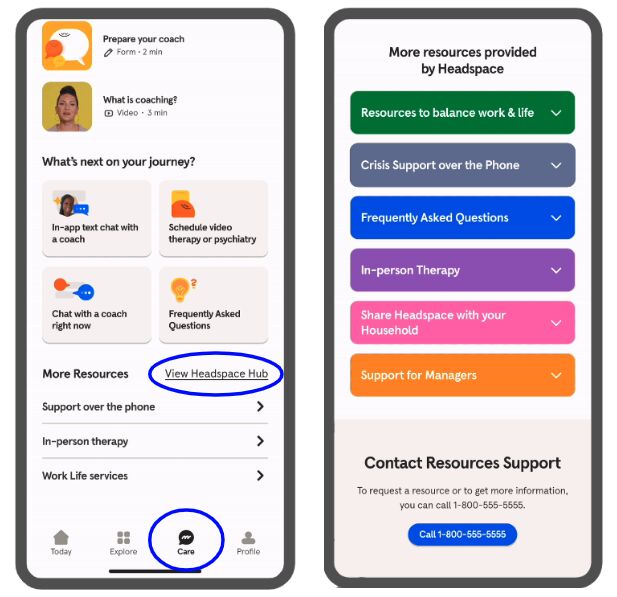
How to implement an employee assistance program
1. Create an EAP committee to lead the process
You’ll want to decide who is in charge of vetting vendors and deciding on an EAP model and provider. This can be a big project, so it’s best to assemble a team rather than placing the responsibility on one person. EAP committees often consist of HR generalists, HR managers, office administrators, and at least one leader from the executive team.
2. Identify your needs and budget
Before you review vendors, decide which services are most important to your team and which EAP model will work best for you. You’ll also want to agree on a spending limit, so that you can review vendors that will fit into your benefits budget.
3. Review EAP vendors
Once you’ve narrowed down your budget, preferred EAP model, and service needs, meet with EAP vendors and review their offerings to decide which one is the best fit for your organization. Be sure to ask questions about their counseling session limits, cost per employee per year, and support hours.
4. Align with the chosen vendor on onboarding timelines and promotion plans
Have your EAP committee and vendor meet to figure out what information the provider will need to set everything up and the implementation timeline. Unlike health plans, EAP benefits don’t require an open enrollment period or fees for employees to agree to, so it’s often a less complex implementation process. However, you do need to provide your EAP vendor with information on the employees who will be enrolling in the program.
If you have an HRIS system, this employee list should be easily accessible. You’ll also want to align communication plans to get the word out once the EAP has launched for your team.
5. Promote the EAP to your employees
Share information on the new EAP with your team to ensure that they know what services are available and how to access them. Often, your chosen EAP provider will offer an information session or webinar to help employees get oriented with this new benefit.
6. Continue to monitor the success and impact of the new EAP program.
Once you’ve implemented the EAP and employees can start using it, monitor the results of your new benefit offering. Track changes in absenteeism and productivity, as well as employee engagement survey results.
